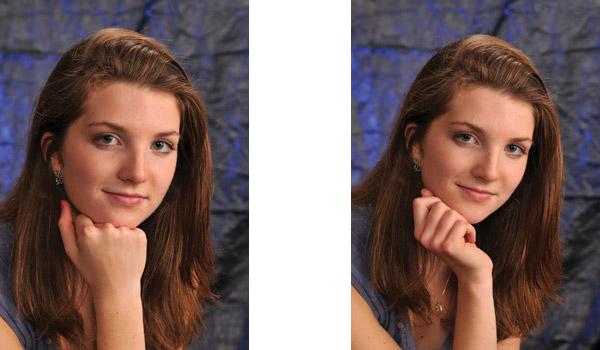|
Sep 14, 2012
|
Sep 14, 2012
|
Aug 16, 2012 |
First Published: Sep 01, 2012
|
Aug 16, 2012
|
Aug 16, 2012
|
Jul 18, 2012 |
First Published: Aug 01, 2012
|
Jul 18, 2012
|
Jul 18, 2012



 On The Cover
On The Cover


 On The Cover
On The Cover


 On The Cover
On The Cover
